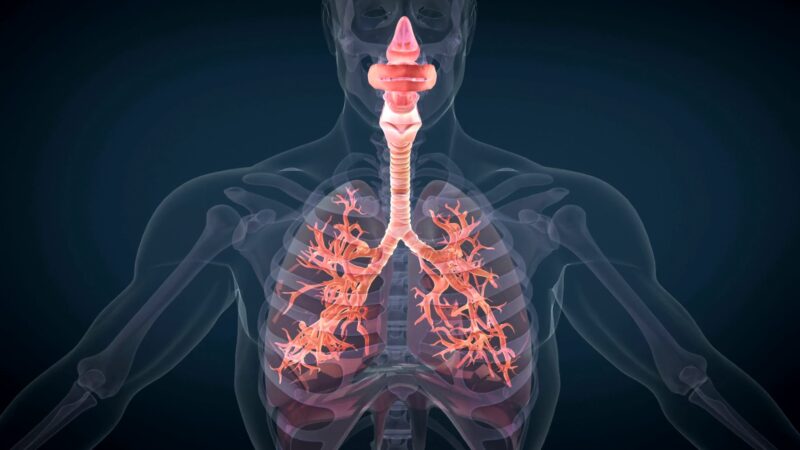Ephedrine is a mixed adrenergic agonist that has a unique dual mechanism of action. Not only does it directly bind and activate alpha- and beta-adrenergic receptors, but it also stimulates the release of endogenously-stored norepinephrine from presynaptic terminals. This dual action results in a broad stimulation of the sympathetic nervous system (SNS), leading to a variety of physiological effects.
Ephedrine’s ability to bind directly to adrenergic receptors and stimulate the release of norepinephrine makes it a potent compound. Its effects on the SNS are wide-ranging, influencing everything from blood pressure to respiratory rate. However, its non-specific activation also means that its use in clinical settings has become more limited, with more specific adrenergic agonists taking its place.
Mechanism of Action

Direct Adrenergic Activation
Ephedrine’s direct action on the adrenergic receptors is one of its primary mechanisms. It binds to both alpha and beta adrenergic receptors, including alpha1, beta1, and beta2 receptors. This binding results in a wide-ranging stimulation of the SNS, leading to various physiological responses.
The ability of ephedrine to bind to these receptors means that it can influence a variety of systems in the body. From the cardiovascular system to the respiratory system, ephedrine’s direct adrenergic activation plays a crucial role in its overall effects.
Indirect Adrenergic Activation
In addition to its direct action on adrenergic receptors, ephedrine also has an indirect mechanism of action. It stimulates the release of stored norepinephrine from adrenergic neuron nerve terminals into the synaptic cleft. This release contributes to a non-specific activation of the SNS, further amplifying its effects.
This indirect action is particularly interesting because it means that ephedrine not only acts on the receptors themselves but also increases the amount of norepinephrine available in the synaptic cleft. This dual action makes ephedrine a potent stimulator of the SNS.
Pharmacological Actions

Overview
Given ephedrine’s non-specific activation of the SNS, its pharmacological actions are rather predictable. These actions include vasoconstriction, cardiac activation, and bronchodilation. However, due to its wide-ranging effects, the clinical use of ephedrine has fallen out of favor. It has been replaced by more specific adrenergic agonists that offer targeted effects with fewer side effects.
Ephedrine’s broad range of pharmacological actions means that it can influence a variety of systems in the body. However, this also means that its use must be approached with caution, as its wide-ranging effects can lead to unintended consequences.
Cardiovascular Effects
Ephedrine’s effects on the cardiovascular system are primarily due to its action on alpha1 and beta1 receptors. Systemic vasoconstriction results from the activation of alpha1 receptors. In contrast, enhancement of cardiac contractility and heart rate occurs via beta1 receptors. These combined effects produce increased systolic arterial pressure. However, at high doses, the use of ephedrine can result in tachycardia and hypertension.
The cardiovascular effects of ephedrine can be both beneficial and detrimental. While it can increase blood pressure in hypotensive patients, excessive use can lead to dangerously high blood pressure levels.
Respiratory Effects

Ephedrine’s action on the respiratory system is primarily due to its activation of beta2 receptors. This activation leads to mild bronchodilation, making it easier for individuals to breathe. This effect has made ephedrine a popular choice for treating conditions like asthma in the past.
Bronchodilation can be a lifesaver for individuals with respiratory conditions. However, the non-specific nature of ephedrine means that its use for this purpose has become more limited in favor of more targeted treatments.
Central Effects
Ephedrine also has effects on the central nervous system. Activation of central adrenergic neurons leads to increased alertness and decreased fatigue. However, at high doses, patients may experience side effects like insomnia.
The central effects of ephedrine can be both beneficial and detrimental. While it can help improve alertness and reduce fatigue, excessive use can lead to sleep disturbances and other neurological side effects.
Final Words
Ephedrine, with its multifaceted mechanisms and broad range of effects, remains a compound of significant interest in the world of pharmacology.
While its clinical use has diminished over the years due to its non-specific actions, understanding its properties and effects is essential for both professionals and the general public. As we continue to explore and discover newer and more targeted treatments, ephedrine serves as a reminder of the complexities and wonders of the human body’s response to external compounds.

